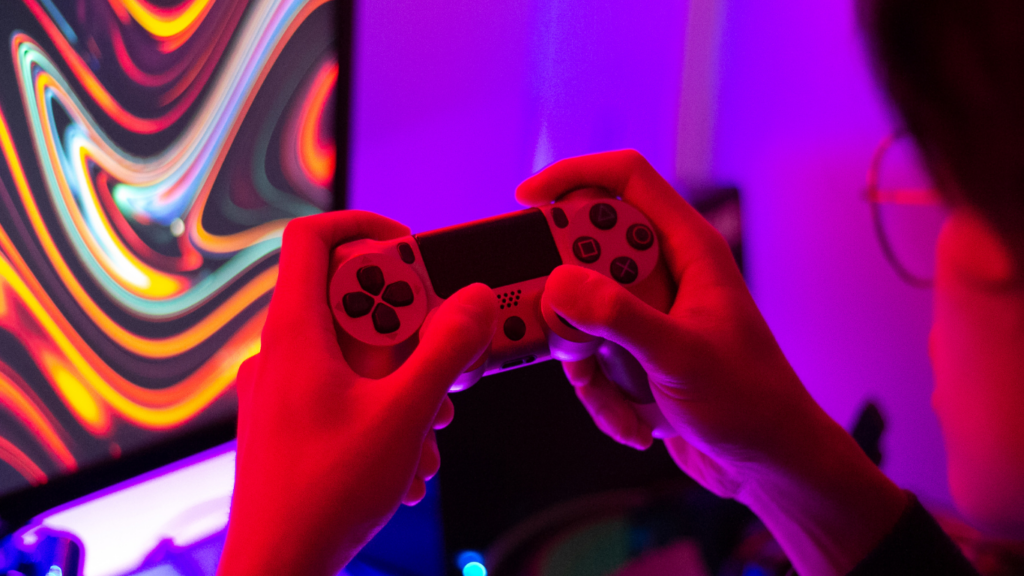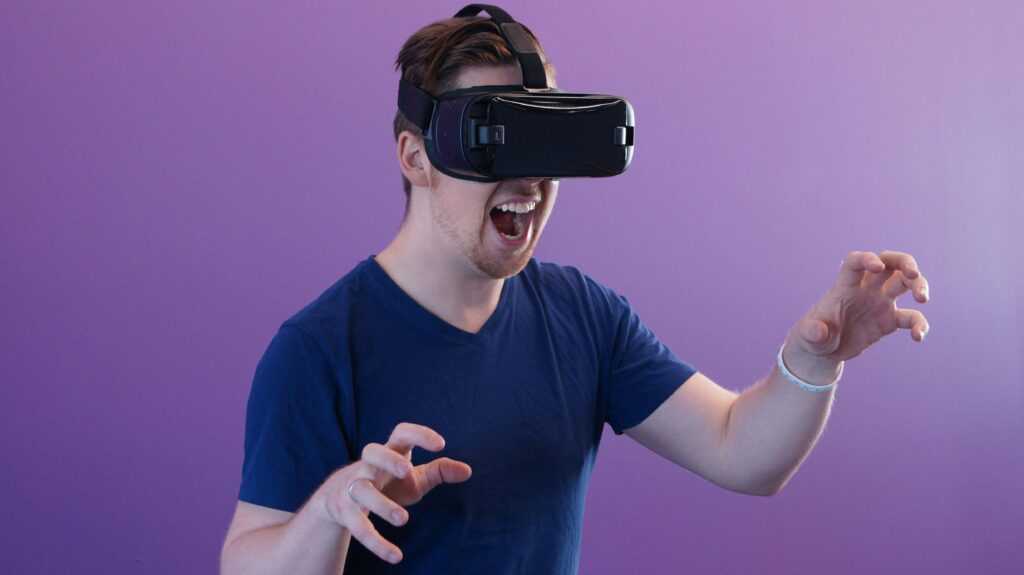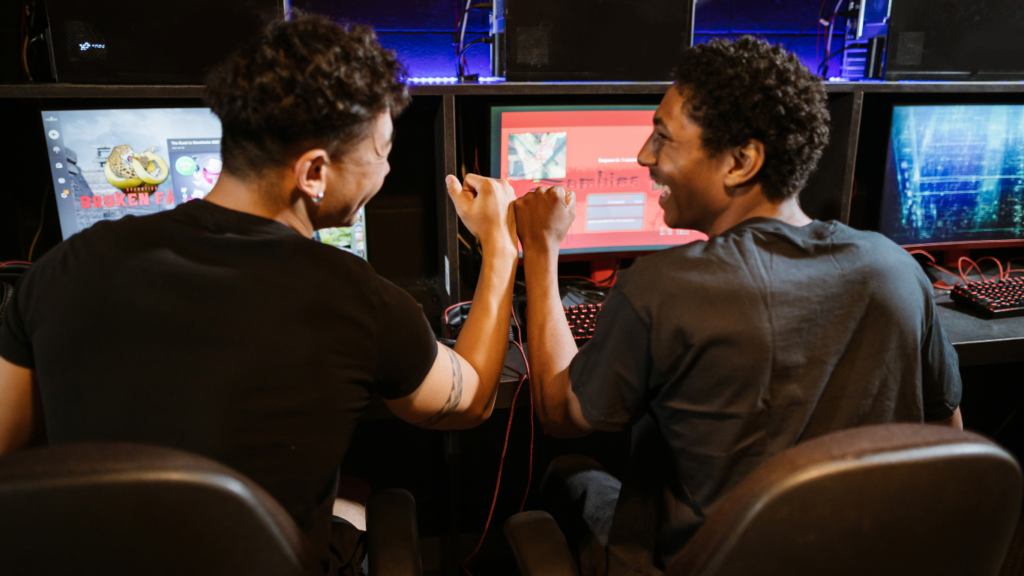Immersive experiences in virtual reality (VR) gaming have reached new heights with the advent of advanced graphics technology. As a passionate gamer and tech enthusiast, I’ve witnessed firsthand the transformative power of cutting-edge visuals in enhancing the VR gaming landscape.
From breathtaking environments to lifelike character animations, the impact of advanced graphics is reshaping how we perceive and interact with virtual worlds. In this article, I’ll delve into the profound influence that advanced graphics have had on the immersive nature of VR gaming.
As graphics continue to push the boundaries of realism and detail, players are being transported to fantastical realms with unprecedented levels of visual fidelity. Join me as we explore how these advancements are not only elevating the gaming experience but also paving the way for a new era of virtual reality entertainment.
Evolution of Graphics in VR Gaming
Diving into the Evolution of Graphics in VR Gaming, it’s fascinating to observe how rapidly the visual landscape of virtual reality has advanced over the years. From pixelated environments to photorealistic scenes, the evolution of graphics in VR gaming has been nothing short of revolutionary.
- Early Stages:
Back in the early stages of VR gaming, graphics were rudimentary, with basic shapes and textures dominating the virtual space. Despite the limitations, these pioneering graphics laid the groundwork for what was to come, sparking the imagination of developers and gamers alike. - Transition to 3D Graphics:
The transition to 3D graphics marked a significant leap forward in VR gaming visuals. Suddenly, flat worlds transformed into immersive, three-dimensional environments, offering a more engaging and interactive experience for players. This shift opened up a world of possibilities, allowing for greater creativity and realism in game design. - Introduction of High-Definition Graphics:
With the introduction of high-definition graphics, VR gaming entered a new era of visual fidelity. Crisp textures, realistic lighting, and intricate details became the norm, enhancing the sense of immersion and realism in virtual worlds. Players could now appreciate the finer nuances of game environments, thanks to the unparalleled clarity offered by high-definition graphics. - Real-Time Ray Tracing Technology:
The advent of real-time ray tracing technology revolutionized graphics in VR gaming, bringing unprecedented levels of realism and visual quality to virtual worlds. By simulating the behavior of light in real-time, ray tracing creates stunning reflections, shadows, and global illumination, elevating the visual experience to unprecedented levels of sophistication. - Future Prospects:
Looking ahead, the future of graphics in VR gaming seems boundless. Advances in technologies like machine learning, AI-driven graphics rendering, and photorealistic textures are set to redefine the possibilities of virtual reality, blurring the lines between the virtual and the real even further.
As graphics technology continues to evolve at a rapid pace, the journey of graphics in VR gaming unfolds with endless possibilities, promising even more immersive, breathtaking, and lifelike experiences for gamers worldwide.
Advantages of Advanced Graphics in VR Gaming
Virtual reality (VR) gaming has been revolutionized by advancements in graphics, offering a myriad of benefits that enhance the overall gaming experience.
Enhanced Immersion
Immersive experiences are at the core of VR gaming, and advanced graphics play a crucial role in heightening immersion levels. By incorporating realistic textures, lighting effects, and intricate details, advanced graphics transport players into rich and captivating virtual worlds.
The seamless integration of high-quality visuals allows players to feel fully engrossed in the gaming environment, making every interaction more lifelike and visceral.
Realistic Environments
One of the standout advantages of advanced graphics in VR gaming is the creation of hyper-realistic environments. From breathtaking landscapes to intricately designed structures, advanced graphics bring virtual worlds to life with stunning accuracy and detail.
Players can explore vibrant and dynamic settings that mirror real-life scenarios, enhancing the sense of presence and realism in the gaming experience.
Improved User Experience
Advanced graphics not only elevate the visual aspects of VR gaming but also contribute to an overall improved user experience. Sharp and crisp visuals, coupled with smooth frame rates and realistic animations, result in a more seamless and enjoyable gameplay experience.
Players can engage with virtual environments effortlessly, leading to enhanced immersion, heightened enjoyment, and a greater sense of satisfaction with the gaming experience.
Challenges of Implementing Advanced Graphics in VR Gaming
Transitioning to advanced graphics in VR gaming poses several challenges that developers need to navigate. As I delve into the intricacies of implementing cutting-edge visuals, various hurdles emerge. These challenges are essential to address for the continued evolution and enhancement of virtual reality gaming experiences.
Hardware Limitations
Innovating in advanced graphics requires robust hardware capabilities to render complex visuals in real-time. High-fidelity graphics demand significant processing power and memory, challenging the compatibility with existing VR setups.
Optimization and Performance
Achieving a balance between stunning visuals and smooth performance is a delicate task. Optimizing graphics engines for VR environments without compromising frame rates is crucial to prevent motion sickness.
Compatibility Across Platforms
Ensuring that advanced graphics technology is compatible across a range of VR platforms is a logistical challenge. Developers must cater to different hardware specifications and software ecosystems without sacrificing visual quality.
Development Costs and Time
Implementing advanced graphics incurs higher development costs and requires more time for meticulous detailing. Balancing the investment in cutting-edge visuals with project timelines is a constant challenge for VR game developers.
User Experience Considerations
Advanced graphics must enhance the user experience without overwhelming or distracting players. Striking a balance between realism and playability is crucial to ensuring a captivating VR gaming experience.
Navigating these challenges requires a deep understanding of both the technical aspects of graphics development and the end user’s expectations. Despite the hurdles, overcoming these challenges can lead to groundbreaking advancements in the realm of virtual reality gaming, pushing the boundaries of immersion and visual fidelity.
Future Trends in Advanced Graphics for VR Gaming
Discussing the future trends in advanced graphics for VR gaming, it’s evident that technological advancements continue to shape the landscape of virtual reality experiences. As we look ahead, key trends are emerging that will further elevate the visual quality and immersive nature of VR gaming.
- Real-Time Global Illumination: One of the promising trends is the integration of real-time global illumination techniques in VR gaming. This technology allows for dynamic and realistic lighting effects, enhancing the overall visual fidelity of virtual worlds. Implementing global illumination in real time can significantly improve the realism and atmosphere of VR environments.
- AI-Powered Graphics: Artificial intelligence (AI) is increasingly being used to enhance graphics rendering in VR games. AI algorithms can optimize resource allocation, improve texture mapping, and even predict player behavior to adjust graphics settings on the fly. By leveraging AI, developers can create more visually stunning and engaging VR experiences.
- High-Resolution Textures and Models: With the advancement of hardware capabilities, VR games are now incorporating high-resolution textures and detailed 3D models. These assets result in sharper visuals, intricate details, and lifelike environments that further blur the line between virtual and reality. High-resolution textures and models are poised to become standard in future VR titles.
- Advanced Anti-Aliasing Techniques: Anti-aliasing plays a crucial role in smoothing out jagged edges and reducing visual artifacts in VR games. New and advanced anti-aliasing techniques, such as temporal anti-aliasing and machine learning-based approaches, are being developed to provide crisp and clean visuals in VR. Enhanced anti-aliasing methods will contribute to a more polished and immersive VR gaming experience.
- Dynamic Weather and Environmental Effects: To create more dynamic and interactive virtual worlds, developers are incorporating weather and environmental effects that react in real time. From realistic rain and snow simulations to dynamic day-night cycles and environmental changes, these effects add depth and realism to the VR experience. Dynamic weather and environmental effects are set to enrich the visual storytelling and gameplay immersion in VR gaming.
The future of advanced graphics in VR gaming is poised for significant advancements, driven by innovations in technology and creative development practices. By embracing these emerging trends, the VR gaming industry is set to deliver increasingly immersive and visually stunning experiences for gamers worldwide.



